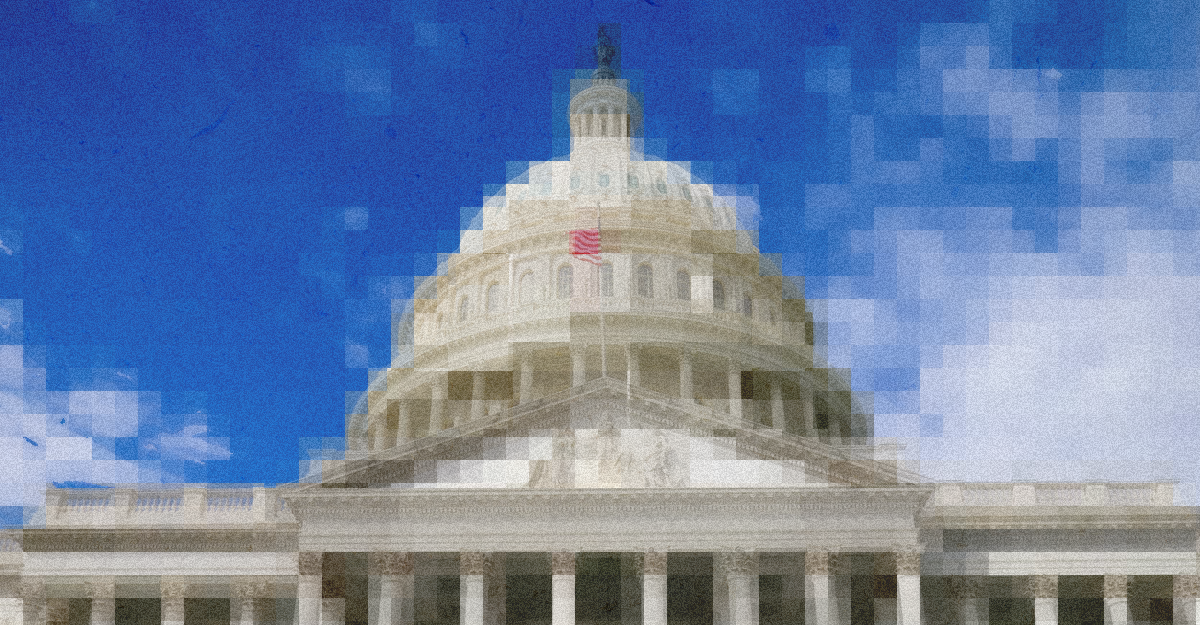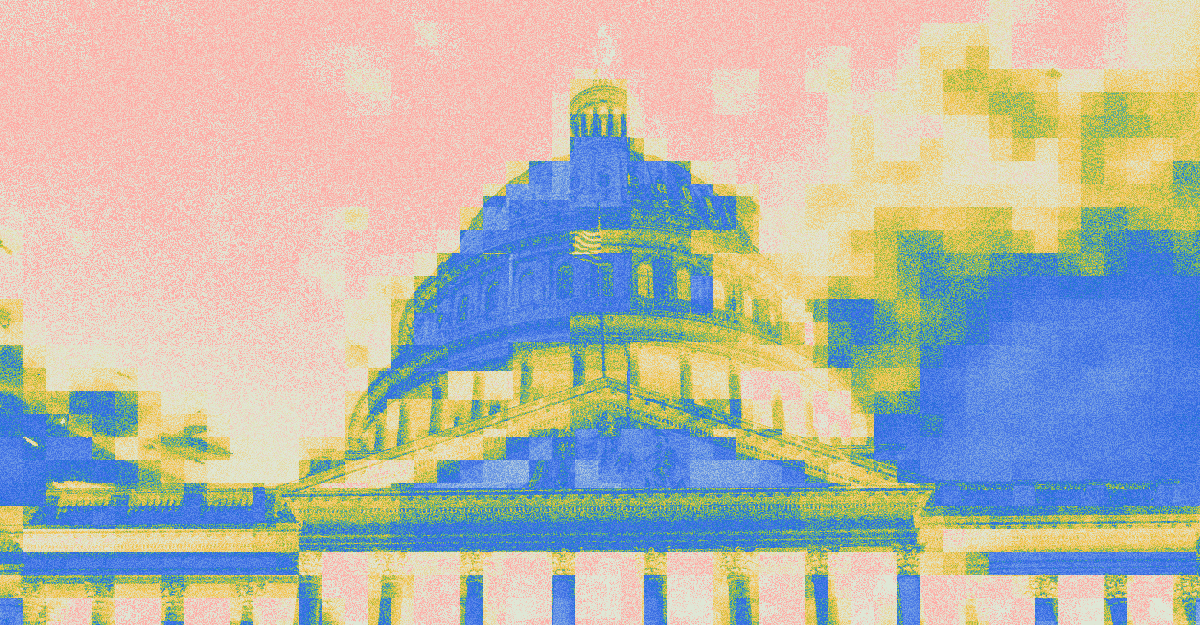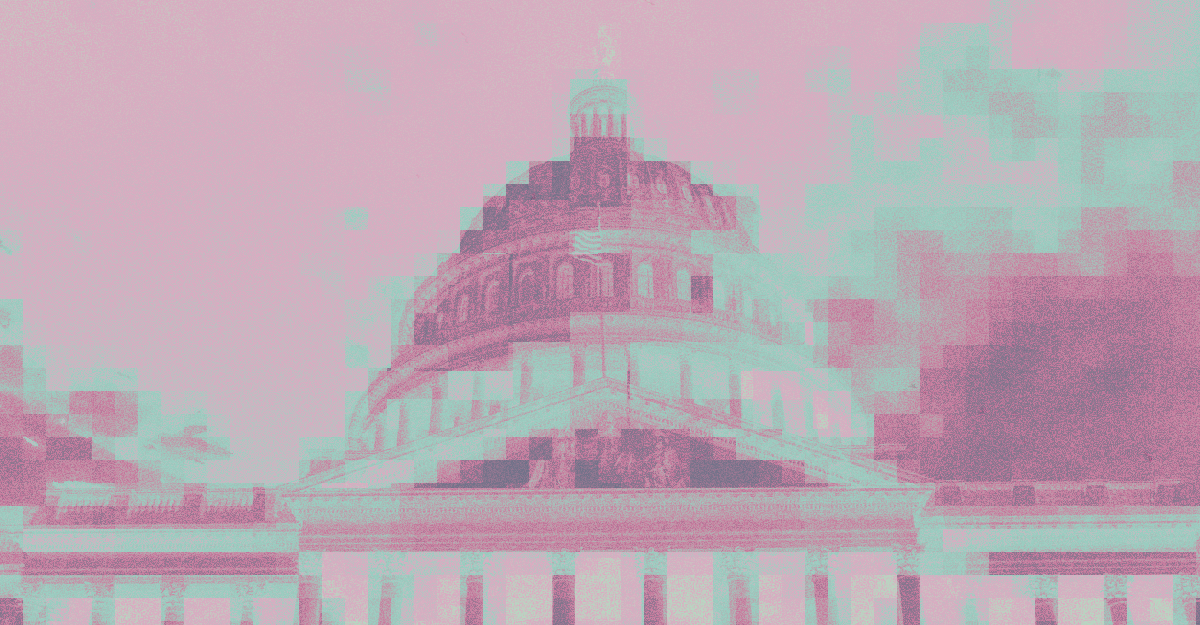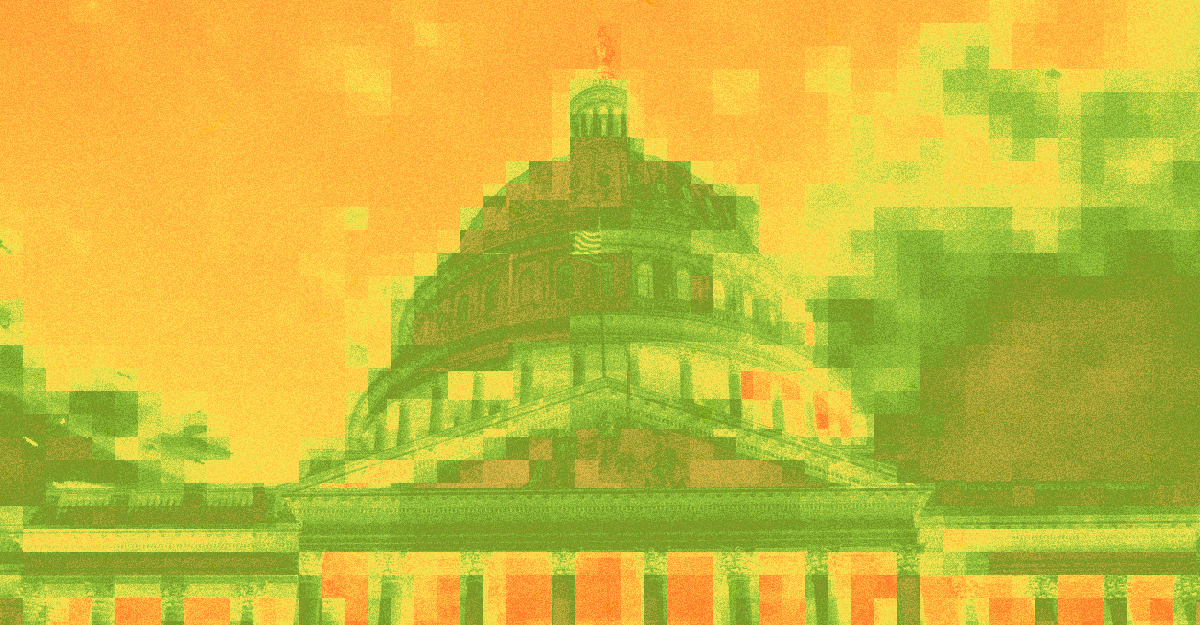
Reimagining How Government Works, a Short Series
Take a few minutes and fill in the blanks of this statement. I want government to prioritize _____ so that in 2050, [what would be different / what will have happened / what the world would be like; what government will be capable of].
You thought too small (how do I know? I just do!). Try again, and really open up your mind to the possibilities of government as a generator of opportunity and manager of risks no one else can take on. There you go.
As a nation that kicked off by fearlessly writing down all it did and did not want from government, we don’t spend nearly enough time imagining the kind of government we want to see. By habit and a streak of practicality, government reform aficionados tend to think in terms of incremental change; other Americans think in terms of political transitions, or size, or funding. As we approach the 250th anniversary of our Constitution, amid extraordinary tests of governance, it’s time to stretch those muscles.
That starts with practice, just like this essay: a starting point of looking forward and developing a vision, understanding what a radically different approach to government would actually look like and be in reality, and making talking about the future of government a regular practice – and an expectation. This summer, the Future State project, in collaboration with the Federation of American Scientists, convened a series of futures exercises to do just that. Fifty-plus participants were guided through a visioning exercise set in the year 2050, imagining themselves as architects of a transformed government and describing the successes, partnerships, and public impacts that would define it.
Teams designed governments around abundance, equity, decentralization, competence, AI, and much more. Each also considered the functional and operational ingredients their models would require to deliver (like talent, approaches service delivery, use of evidence, and more). While our next product will highlight the wide range of imaginative models, I was struck by the ingredients each group developed in common. This suggests that there are building blocks that the collective who cares deeply about government can build to their greatest potential now, today, even while recognizing that government in 2050 may be a very different place. Here are some of the common ingredients a dozen governance design models came up with.
Talent
Emphasis on Expertise and Quality. No surprise, every model of government sought high-quality, expert talent and the ability to attract, quickly hire, and appropriately compensate them. Qualities consistently mentioned include expertise, diverse lived experiences, understanding of measurement and evaluation, openness to learning culture, deep technical skills on par with other sectors.
Rotational and Flexible Workforce. Several models suggest a more fluid and less rigid approach to government employment. Qualities sought include more rotational staff between sectors and across agencies, with a blend of long term public servants and shorter term rotational models.
Shift in Skillsets/Roles. The nature of government work is expected to change across every governance model. Models move away from compliance, legal,or project management roles, and toward delivery, community focus, and design. A notable emphasis on not only technologists, but people with data and evidence, user experience, and agile development across range of roles.
Addressing the “Talent Crisis”. Many groups recognized the need to reframe public service and reset the civil service compact between federal workers and the American people, while also considering models that that make more enticing and empowering.
Procurement (How Government Buys)
In-house versus Contractors. A recurring theme is the desire to bring more public work in-house, reducing reliance on external contractors. Elements that came up in these approaches included:
- Buying for discrete tasks, not for strategy, with government acting as integrators
- If contracting is required, the reasons are deliberate and create value for the end user in a way government is not positioned for
- Building world class science, tech, and engineering teams in government with public value in mind
- Balancing process requirements on individual judgment / outcomes when management contracts
Outcome-Based Contracts. The idea of paying for results rather than processes is prominent, with emphasis on shifting away from compliance based procurement to results.
Efficiency, Eliminating Waste and Generating Value. Discussion of these in each group made clear that expectations for both varied significantly. What’s valuable and what’s waste are core purpose questions in the public sector, as is the goal and risks of pursuing efficiency. Groups were consistently wary about solving these questions or pursuing these aims with process and procedures and instead sought greater attention on higher quality leadership and norming.
Data Collection & Use
Seamless Data Sharing. Most models sought efficient and secure data sharing across agencies to prevent citizens, staff, and experts from having to repeatedly provide the same information, while taking appropriate precautions on PII and other data restrictions. “Tell us once” is not only a model for customer service; it was seen as important for all stakeholders. That requires not only baked-in data integration, but common understanding of data priorities, definitions, and utility across policy portfolios
Real-time and Comprehensive Measures and Feedback Loops. Several models noted the need for real-time performance data with disaggregation and the ability to make near-real time adjustments based on that data: to program design, policy, outreach, and more. Models sought to avoid data black holes, dashboards with no customers, programs that set clear goals but invested nothing in the measures needed to evaluate progress, and data with no useful feedback levers.
Risks and Challenges with Data. Several sections acknowledge potential downsides to strong emphasis on data: both risks to privacy and security, but also risks to coming to rely on assessments that draw on lower quality or biased data. Data acumen and stewardship seen as a necessity in any scenario with greater data reliance.
AI and Technology
Efficiency and Streamlining. To state the obvious, technology, especially AI, is seen as a crucial enabler for more efficient government operations across all scenarios, with emphasis on streamlining, automation, and simplification. Some models made the assumption that increased reliance would decrease human capital requirements in some processing, middle management, oversight, and compliance based roles. Common thread: technology is expected to improve how citizens interact with the government, but needs to be designed, purchased, updated and used with better attention to outcomes and ROI.
Service Delivery and Engagement
Frictionless and Seamless Experience. A pervasive theme is the desire for government services to be easy, intuitive, and seamless for citizens. Frictionless was repeated in multiple models, along with “no wrong door.”
Customer-Centric / People-Focused Design. Another repeat theme: government operations should be organized around the needs and experiences of people. People should thrive because of the support they receive from government, not despite it.
One-Stop Shops. The idea of consolidating services for ease of access is prominent: government should meet people where they are.
Increased Trust. Teams almost universally sought options to increase public trust in government, whether through improvements in service delivery, opportunities for participatory engagement, clearer performance metrics, or active feedback loops to the public.
Conclusion
You’re right to think: none of this is rocket science. That’s a key point! Despite building imaginative governments set in 2050, when it came to what drove them participants reached for ingredients that are both obvious and still missing today: talent that’s empowered, data that’s trusted, technology that serves, and a public experience that earns confidence rather than erodes it. These are not radical aspirations; they are baseline expectations for a capable, democratic state of any model.
The exercise shows that the building blocks of a better government gain champions when people are engaged in the purpose and outcomes of governance. As we approach the 250th anniversary of our Constitution, we can build momentum toward such reforms by creating opportunity reimagine what sort of government we want, and to what end. Excited? Stay tuned.


